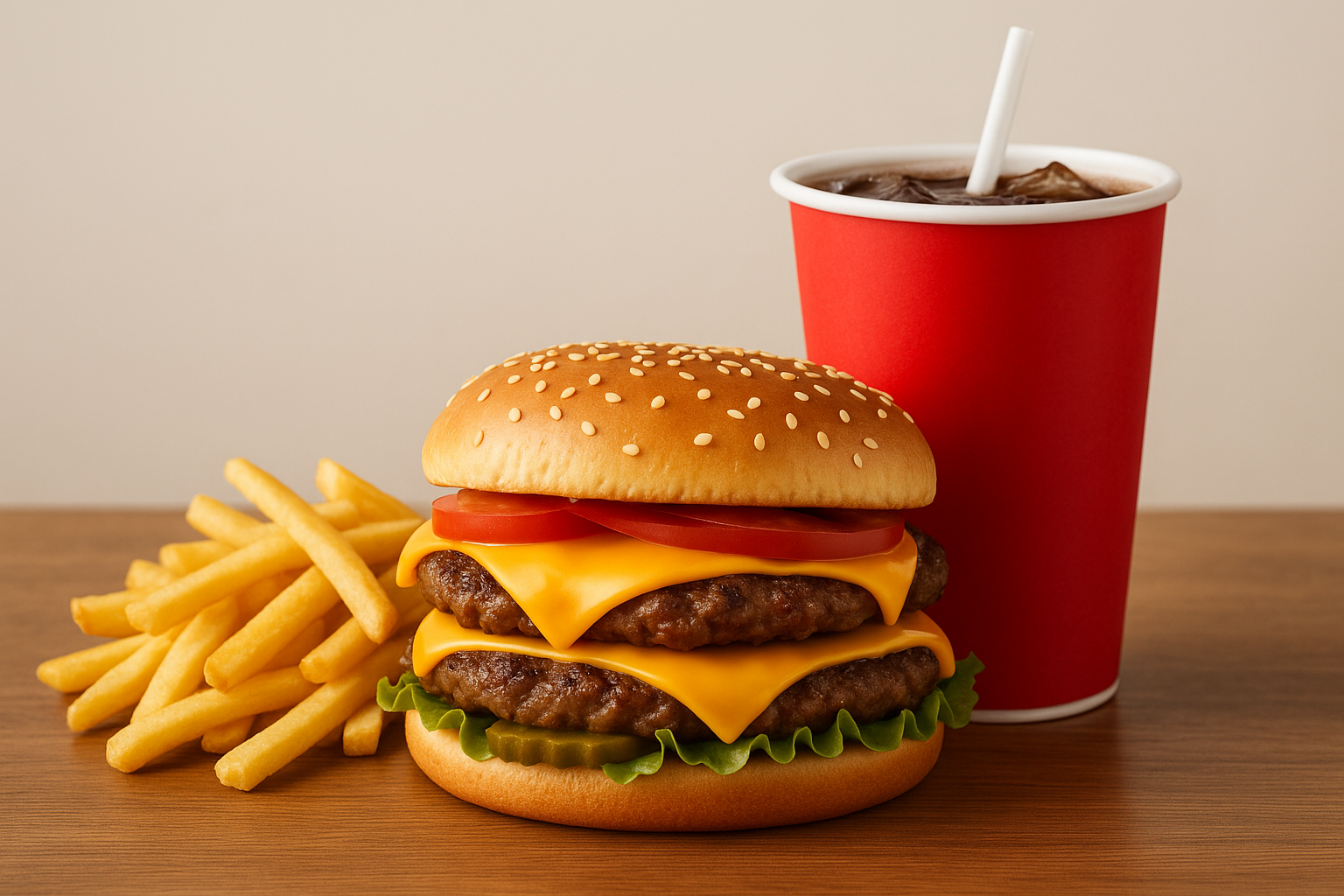Hard to Eat Right? And What You Can Do About It

Hard to Eat Right? And What You Can Do About It
10 Hidden Barriers to Healthy Eating (And How to Break Through Them)
Whether you’re an elite triathlete, a busy soccer parent, or just trying to eat cleaner, you probably already know what to eat. The bigger challenge? Actually making it happen.
At sports-nutritionist.com, I work with athletes of all ages and abilities, and one theme comes up again and again: “I want to eat better, but…”
The truth is, healthy eating isn’t just about willpower. There are real-world obstacles that make it hard to avoid ultra-processed foods (UPFs) and stick to nourishing, performance-enhancing meals. Here are 10 of the most common barriers-and smart ways to overcome them.
1. Lack of Awareness
Many people simply aren’t aware of how pervasive and harmful ultra-processed foods are. These foods are linked to inflammation, weight gain, and even cognitive decline.
Fix: Learn to spot ultra-processed foods (UPFs) on ingredient labels (look for artificial flavors, colorings, and unrecognizable ingredients). Start by replacing just one packaged food per day with a whole food alternative.
Need help sorting it out? Book your Introductory Nutrition Session and get personalized guidance.
2. Lack of Motivation
Perfection is the enemy of progress. Many people give up when they can’t follow a strict plan.
Fix: Aim for the 80/20 rule: Make 80-90% of your intake nutrient-dense, and allow 10-20% for flexibility. It’s not about being perfect-it’s about being consistent.
3. Taste
Ultra-processed foods are designed to hijack your taste buds. They’re salty, sweet, and crunchy-often all at once.
Fix: You can retrain your palate. Start by gradually reducing added sugar and salt. Experiment with spices, herbs, and natural flavors. Teach kids early what real food tastes like.
4. Convenience
Fast food and frozen dinners are quick. Real food takes time.
Fix: Prep simple, healthy staples in advance (think: overnight oats, roasted vegetables, hard-boiled eggs). Frozen meals can be part of a healthy diet.
5. Lack of Cooking Skills
Not everyone grew up learning how to cook-and that’s okay.
Fix: Start with super-basic recipes (like stir fries, sheet pan meals, or smoothies). Teaching kids simple skills can build generational change.
6. Limited Availability of Healthy Food
Some neighborhoods lack access to affordable, nutritious options. This is a real issue.
Fix: If you can, shop at farmers’ markets or order from local co-ops. Frozen fruits and vegetables are just as nutritious and often cheaper. Want to learn how to eat better with a plant-based diet? Click here
7. Affordability
Healthy food can be more expensive per calorie. But it’s not hopeless.
Fix: Build meals around affordable whole foods like beans, lentils, rice, oats, and frozen produce.
8. Overwhelm
With so many rules and fads, eating healthy feels complicated.
Fix: Choose one small, manageable goal. For example: Cut back on sugary drinks or replace one snack per day with fruit or nuts. Progress, not perfection.
9. Advertising
Food ads are everywhere-and they’re powerful.
Fix: Create a media environment that supports your goals. Unfollow junk food influencers and follow athletes, dietitians, and health-minded chefs.
10. Work Demands
Shift work and long hours make it hard to stick to a plan.
Fix: Pack portable, high-protein snacks like trail mix, protein bars, or overnight oats. Batch cook on your day off to stock your fridge with ready-to-eat options.
Final Thought: Nothing Tastes as Good as Good Health
Eating well isn’t always easy-but it’s worth it. For endurance athletes, youth competitors, and anyone training hard, nutrition is the edge you’re looking for.
Want help building a plan that works for your schedule, preferences, and goals? Book your Introductory Session here and let’s fuel your performance.
Serving athletes worldwide with real-world nutrition strategies that work!
